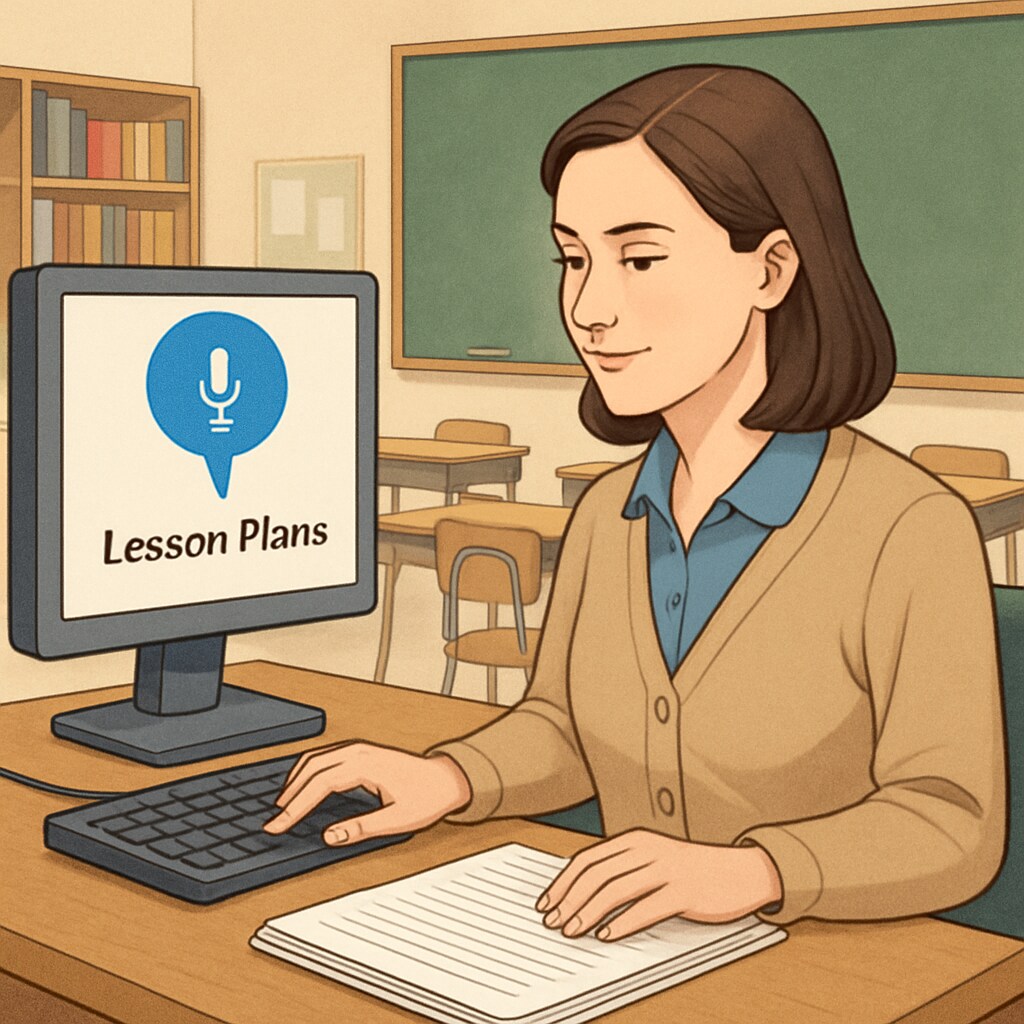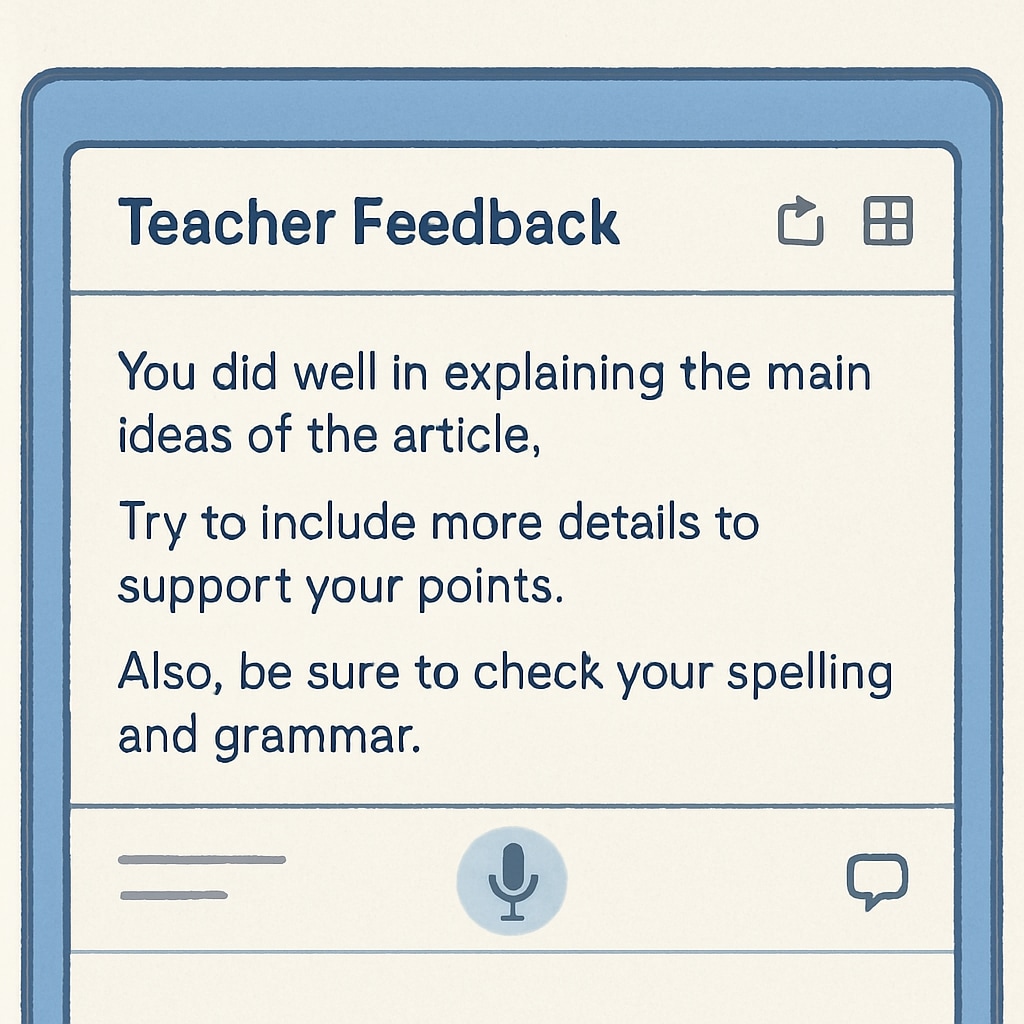In the ever-evolving landscape of education, speech recognition tools like WillowVoice are revolutionizing how K12 teachers manage their workflows. By streamlining administrative tasks, improving feedback quality, and enhancing overall teaching efficiency, these technologies enable educators to spend more time on their core mission: teaching and inspiring students. This article delves into the transformative potential of speech recognition in reshaping teacher workflows and enhancing the overall learning experience.
Reducing Administrative Burdens with Speech Recognition
Administrative tasks such as grading, lesson planning, and parent communication consume a significant portion of teachers’ time. Speech recognition technology offers a solution by automating these repetitive tasks. For instance, tools like WillowVoice allow educators to dictate grades, comments, or even lesson plans, which are then transcribed into text with remarkable accuracy.
According to a 2022 study by Britannica, modern speech recognition software achieves up to 95% accuracy, making it a reliable tool for educators. This level of precision significantly reduces the time spent on typing and editing, freeing teachers to focus on more impactful activities such as personalized student engagement.
- Automated transcription of lesson plans
- Efficient grading workflows
- Streamlined communication with parents and colleagues

Enhancing Feedback Quality and Timeliness
Providing timely and constructive feedback is a cornerstone of effective teaching. However, the time constraints of traditional workflows often lead to delayed or less comprehensive feedback. Speech recognition tools like WillowVoice bridge this gap by enabling teachers to dictate detailed feedback faster than they could type.
For example, a teacher can use WillowVoice to provide spoken comments while reviewing assignments. These comments are automatically transcribed and shared with students, ensuring that feedback is both immediate and actionable. As a result, students benefit from a clearer understanding of their strengths and areas for improvement, which ultimately fosters better academic outcomes.

Refocusing on Core Teaching Responsibilities
By alleviating administrative burdens, speech recognition technology empowers teachers to dedicate more time to their primary role: educating students. This shift allows educators to focus on lesson planning, classroom interaction, and student mentorship, all of which are critical to fostering a productive learning environment.
Moreover, tools like WillowVoice integrate seamlessly with existing learning management systems (LMS), enabling teachers to manage their tasks without navigating multiple platforms. This streamlined approach not only saves time but also reduces the cognitive load associated with multitasking.
In addition, the use of speech recognition aligns with broader trends in educational technology. As noted by Wikipedia’s overview of educational technology, tools that simplify workflows contribute to higher job satisfaction among teachers, which in turn positively impacts student learning experiences.
The Future of Speech Recognition in K12 Education
The adoption of speech recognition in education is still growing, but its potential is undeniable. As these tools become more advanced, we can expect even greater integration into classroom workflows. Future developments may include real-time language translation, adaptive learning features, and deeper integration with artificial intelligence to further personalize teaching strategies.
For K12 teachers, these advancements promise not only increased efficiency but also a more fulfilling teaching experience. By reducing administrative burdens and enhancing their ability to connect with students, speech recognition technology like WillowVoice has the power to transform education at its core.
In conclusion, speech recognition tools are not just a convenience; they are a necessity in modern education. By leveraging these technologies, schools can support teachers in delivering high-quality education while maintaining their well-being and job satisfaction. As a result, both teachers and students stand to benefit, paving the way for a brighter future in K12 education.
Readability guidance: Short paragraphs and lists are used to summarize key points. Transition words like “however,” “therefore,” and “for example” are evenly distributed throughout the text. Passive voice is minimized, and sentences are concise to improve readability.


